In ‘Darmok,’ an episode of Star Trek: The Next Generation, the crew of the Enterprise come across a people whose language the AI powered Universal Translator is unable to make sense of. They say things like “The River Temarc; in winter” and “Rai and Jiri at Lungha” and nothing else. It turns out these Tamarians speak in episodes taken from their underlying mythology. So, without the narrative context, the utterances are meaningless, but with that context Tamarians can communicate with one another perfectly well. In fact, their communication is supercharged with meaning.
In what follows, I provide some of the Tamarian-like syntax of American liberty with just a bit of the underlying narrative filled in.
George Washington at Newburgh
In 1783, well after major hostilities in the American Revolutionary War had ended, but before the Treaty of Paris officially ending the war had been finalized, a group of officers in Washington’s Army hatched a plan to take unspecified actions against Congress, which showed every sign of having no real plan to provide their backpay nor fund a pension they had been promised. Washington faced many opportunities to turn his military success and status as a national hero into military-backed governmental rule (essentially becoming king). King George III had said that he would be the greatest man alive if he surmounted this temptation. At his army’s headquarters in Newburgh, NJ, Washington faced the assembled conspirators and dramatically pulled a pair of eye glasses from his pocket (he had never allowed himself to appear physically weak before his troops) and began his talk to the disgruntled officers: “Gentlemen, you will permit me to put on my spectacles, for I have not only grown gray but almost blind in the service of my country.” The conspirators reportedly broke down in tears and, in shame, gave up any idea of a coup.
Chief Joseph Off the Reservation
In 1877, after having been lied to and cheated by the US Government numerous times, Chief Joseph took his band of Nez Perce off the reservation in Idaho and made for Canada where he hoped they could join with, or emulate, Sitting Bull, who had taken a band of Lakota there after the Little Big Horn. Chief Joseph and round 800 men, women, and children travelled over 1100 miles in a roundabout path, fighting the US Army the whole way. They gave out less than 40 miles from the border.
John Brown at Pottawatomie Creek
In the 1850s Kansas was making its way to statehood. Under the doctrine of ‘popular sovereignty’ it would get to decide if it was to be a free state or a slave state. Whichever way it went, it would tip the national balance of power. Hence, Kansas became the focus of pro- and anti-slavery interests throughout the country. Guerrilla warfare broke out: Kansas had its civil war, foreshadowing the national one, and became known as ‘bleeding Kansas.’ John Brown was a religious zealot and fervent defender of freedom who had years before publicly pledged his life to the cause of ending slavery. In response to a pro-slavery raid on Lawernce, Kansas, Brown lead a partisan band including four of his sons and several others on a raid near Pottawatomie Creek where they massacred 5 pro-slavery settlers in front of their families. Kansas would eventually enter the Union as a free state. Brown would go on to lead a raid on the Federal arsenal at Harper’s Ferry, Virginia, intending to use the seized weapons to start a slave rebellion.
Henry David Thoreau in Concord Jail
In 1846, Thoreau refused to pay past due poll taxes he owed. He refused on the grounds that he would not materially support the US war against Mexico nor fund a government that supported the extension of slavery into the southwest. Thoreau spent one night in jail before someone, against his will, paid the tax for him. He would write “On Civil Disobedience” based on that experience. While Thoreau was mistaken in thinking the poll tax had anything to do with funding the war effort, he acted on the principle that he would not voluntarily fund an institution he had not knowingly and willingly assented to or whose operations offended his conscience.
Mother Jones at Paint Creek-Cabin Creek
Mary G. Harris Jones was called “the most dangerous woman in America” for her success in organizing mine workers. After the death of her husband and children, the Irish-born firebrand worked with the most radical elements of the working-class labor movement: the Knights of Labor, the United Mine Workers, and the IWW. In 1912, a shooting war had broken out between the United Mine Workers and the private army of the coal mine operators. Martial law had been declared. Mother Jones went to the Paint Creek and Cabin Creek areas of West Virginia to support and organize the mine workers anyway. She was especially effective at building support networks to sustain striking workers in their struggles. She was arrested and sentenced to 20 years by a military court on charges of conspiracy to commit murder, though she served only 85 days of house arrest.
PGT Beauregard at Charleston
In 1861, the sovereign state of South Carolina had seceded from the United States. She demanded that the government in Washington withdraw its troops from Fort Sumpter in Charleston Bay. On April 12 of that year, when the Union navy attempted to resupply the troops there, Pierre Gustav Toutant-Beauregard, the first general officer in the newly formed army of the Confederate States of America, gave the order for Confederate batteries he had arrayed around Charleston harbor to open fire on the fort. The secession crisis had become a civil war.
Bob Dylan at Newport
On July 25, 1965, Bob Dylan took the stage at the Newport Folk Festival and opened his set with "Maggie's Farm." He was backed by a fully electronically amplified band. The crowd responded with a mix of cheers and boos. Dylan was the voice of politically engaged folk music in the mid-1960s and, for folk fans, that meant acoustic music. For the rest of that year’s tour, he would be backed by the Hawks (later to be The Band) and band members recounted how demoralizing it was being faced by hostile crowds every night. Dylan is arguably the greatest musical genius produced by America and he wasn’t going to be boxed in by others’ expectations or by his own past. He has continued to develop in interesting and innovative ways ever sense, often to the consternation of certain segments of his fanbase who have wanted him to remain whatever it was they thought he was.
Booker T. Washington at Tuskegee
In 1880, the state of Alabama passed legislation setting aside $2000 per year to found a school for black students. Booker T. Washington, who lived in slavery for the first eight years of his life and who had supported himself in obtaining an education at the Hampton Institute, arrived to serve as the first president of the institution to be called the Tuskegee Normal School. The main problem was that there was no school. No school building, no land to put a building on, and no funds appropriated by the legislature to acquire or build one (the $2000 was solely for salaries). Further, any prospective students would come from an impoverished black population whose material conditions were little improved since emancipation, 15 odd years earlier, so it would not be funded through student tuition. Undaunted by the (intentionally) impossible hand of cards he had been dealt, Washington borrowed and solicited sufficient funds to purchase a 100-acre abandoned plantation with a run-down wooden structure on it. That structure would have to be the school until the students could build one. They started by building a kiln and learning to fire bricks. Then they learned how to design a building and lay bricks. They also learned modern scientific methods of agriculture so they could produce their own food. So, Tuskegee students would learn by doing in building their own school, then use that school to get their book learning and, in Sunday evening talks, be given instruction by Washington on character formation (a set of these talks was published as “Character Building” and is a great read). This first generation of black Alabamians born after (or in the last years of) slavery would develop strong skills and values through self-help and then go out to be leaders in their communities to assist others.
Happy Independence Day!



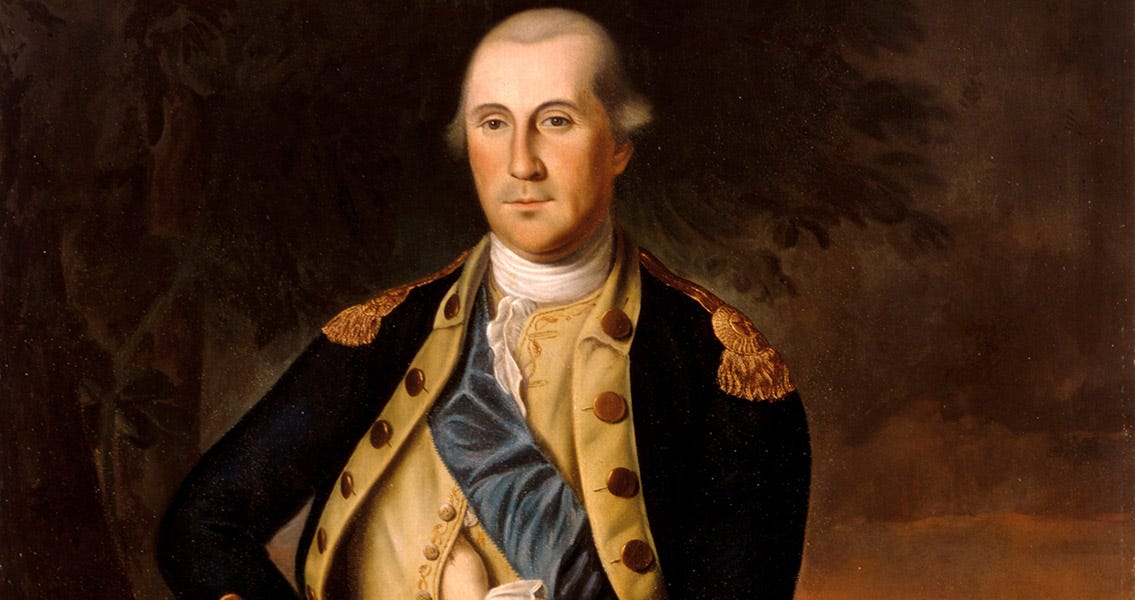
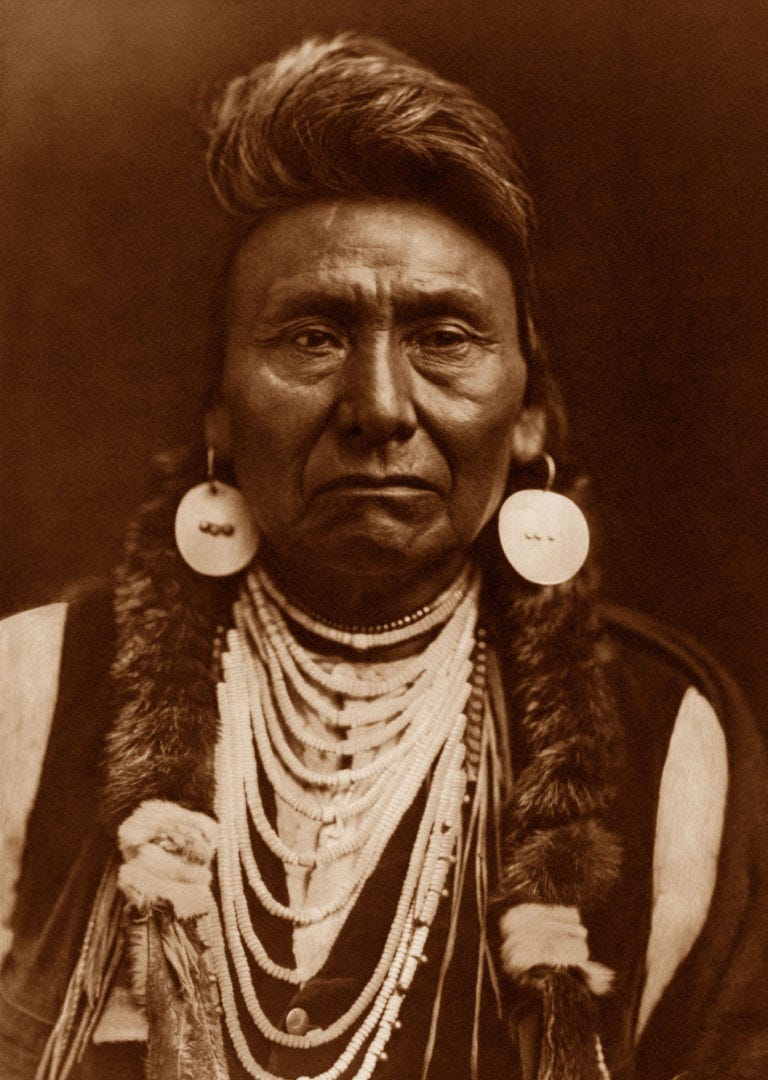
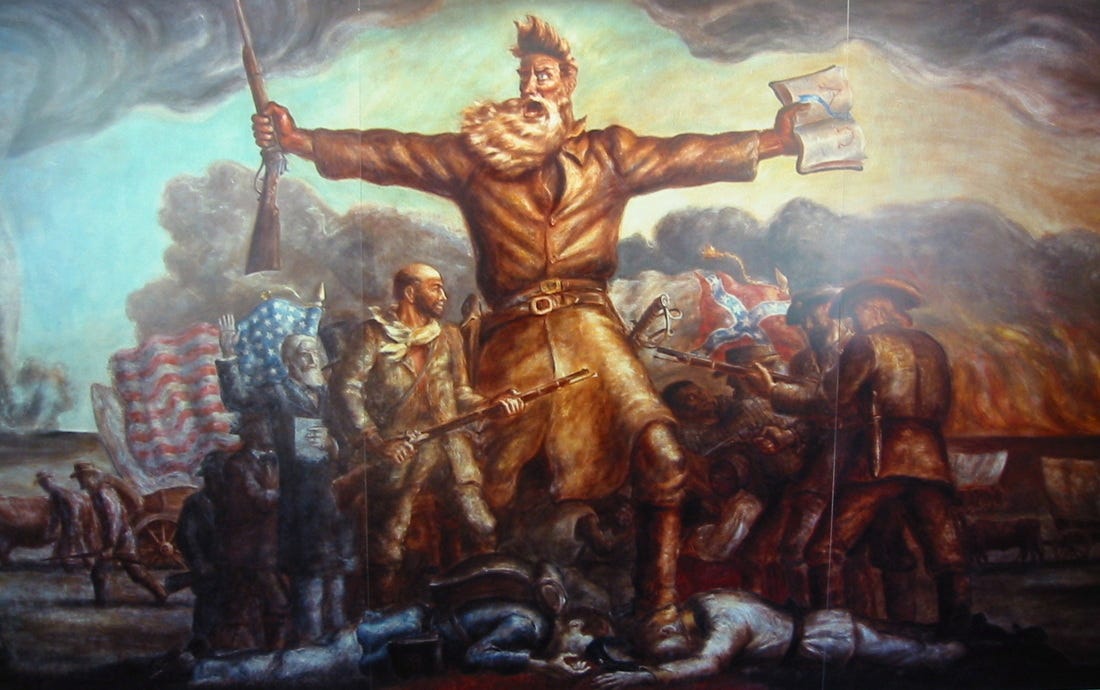
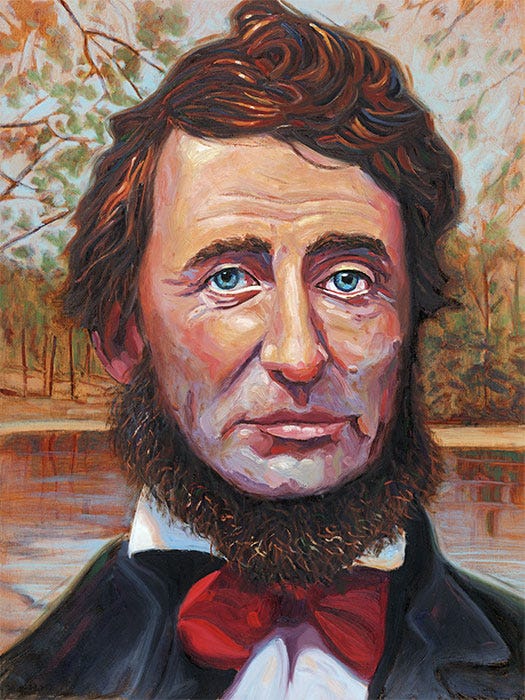
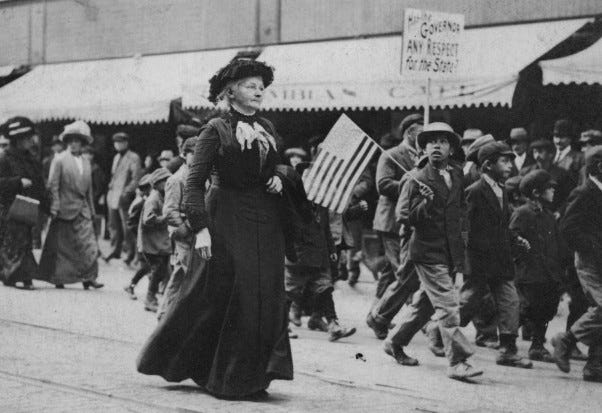
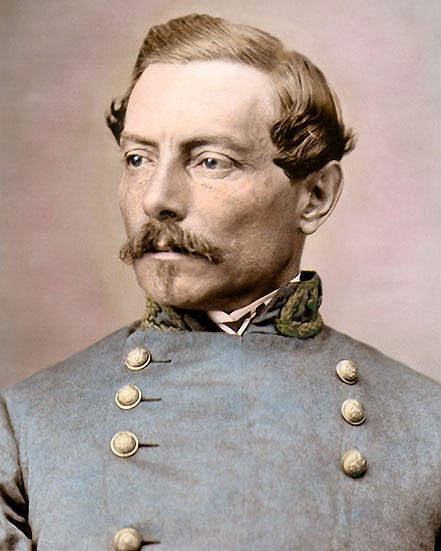
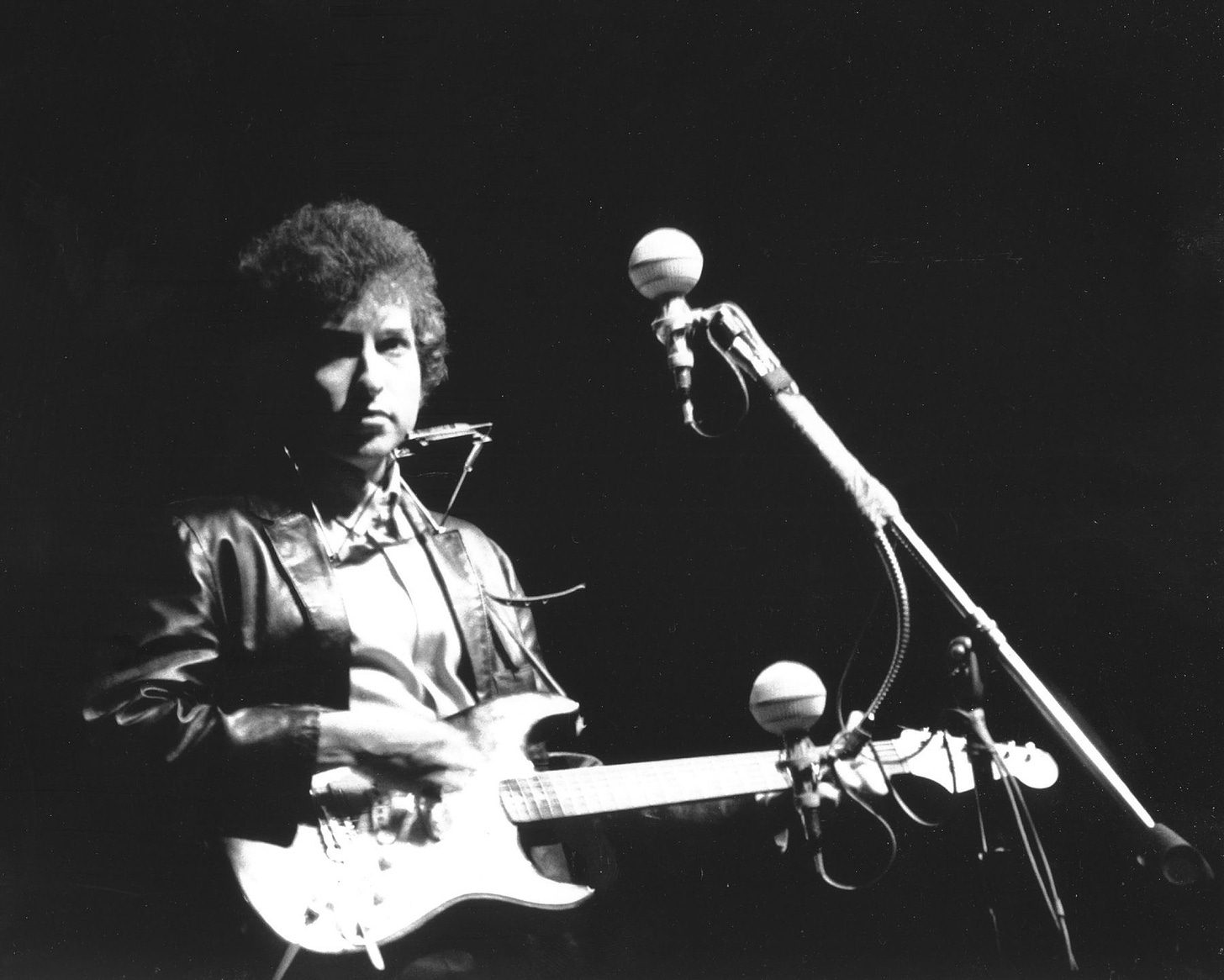
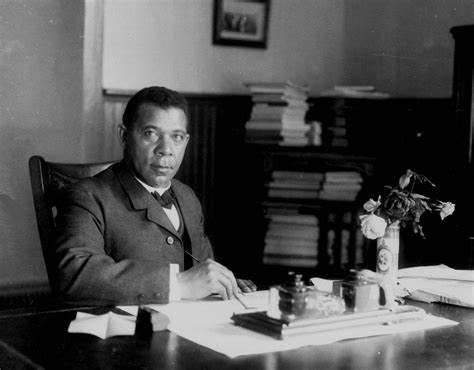
I like these short vignettes, especially the last one. Have personally always felt I belonged to a different time. Nostalgia for things past dominated my growing up years.
Luminous writing lighting nooks and crannies of the mostly worn out standard histories. Thanks.
As for nostalgia: those of us who experienced self-help and exploration and mutual learning ache for the loss of all that in the maw of ‘educational institutions’ today.